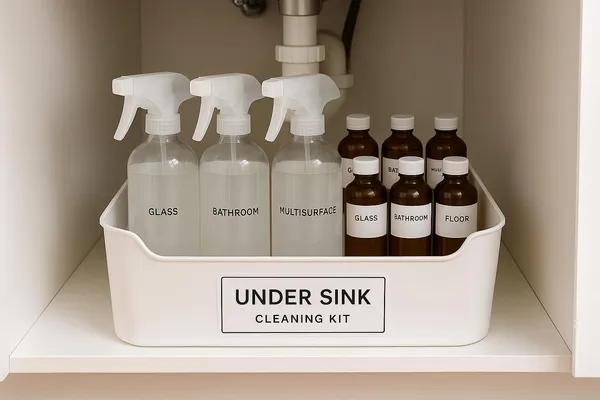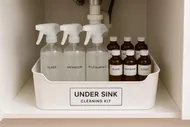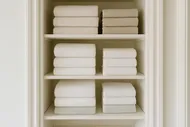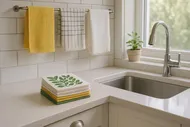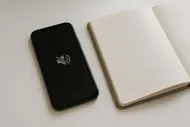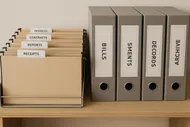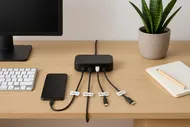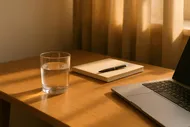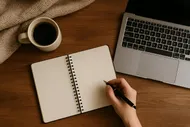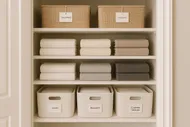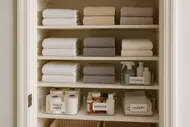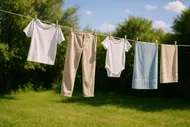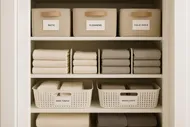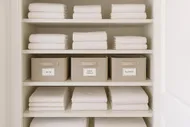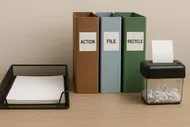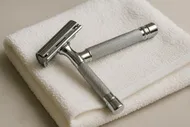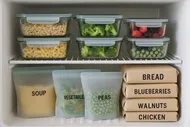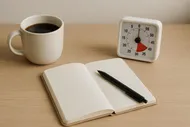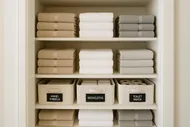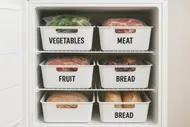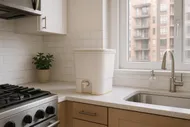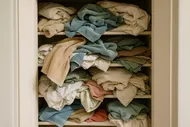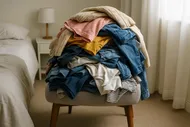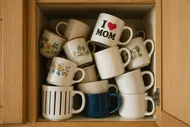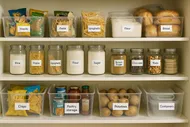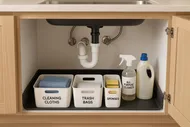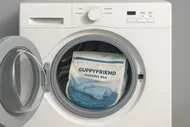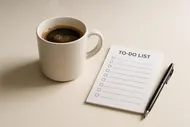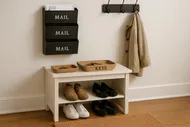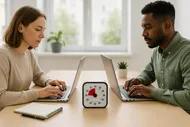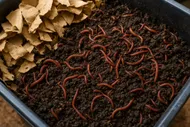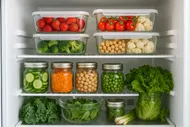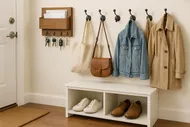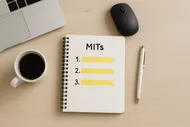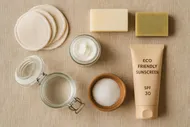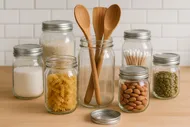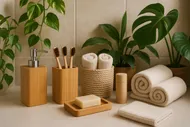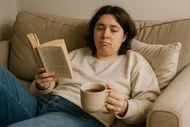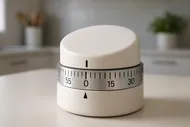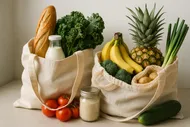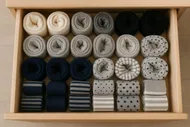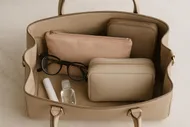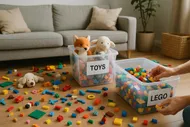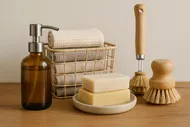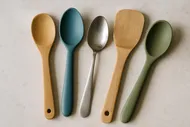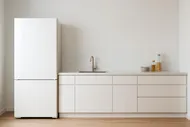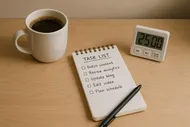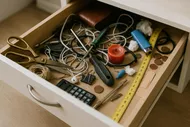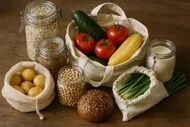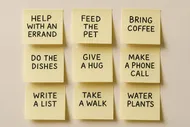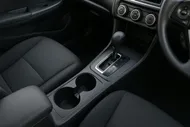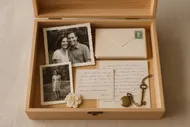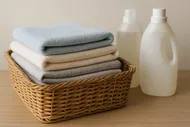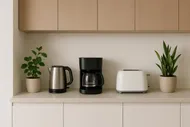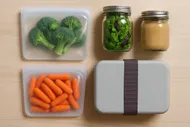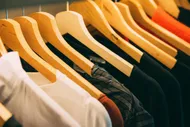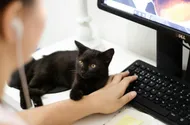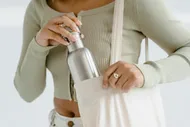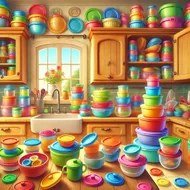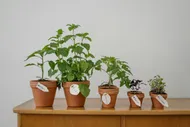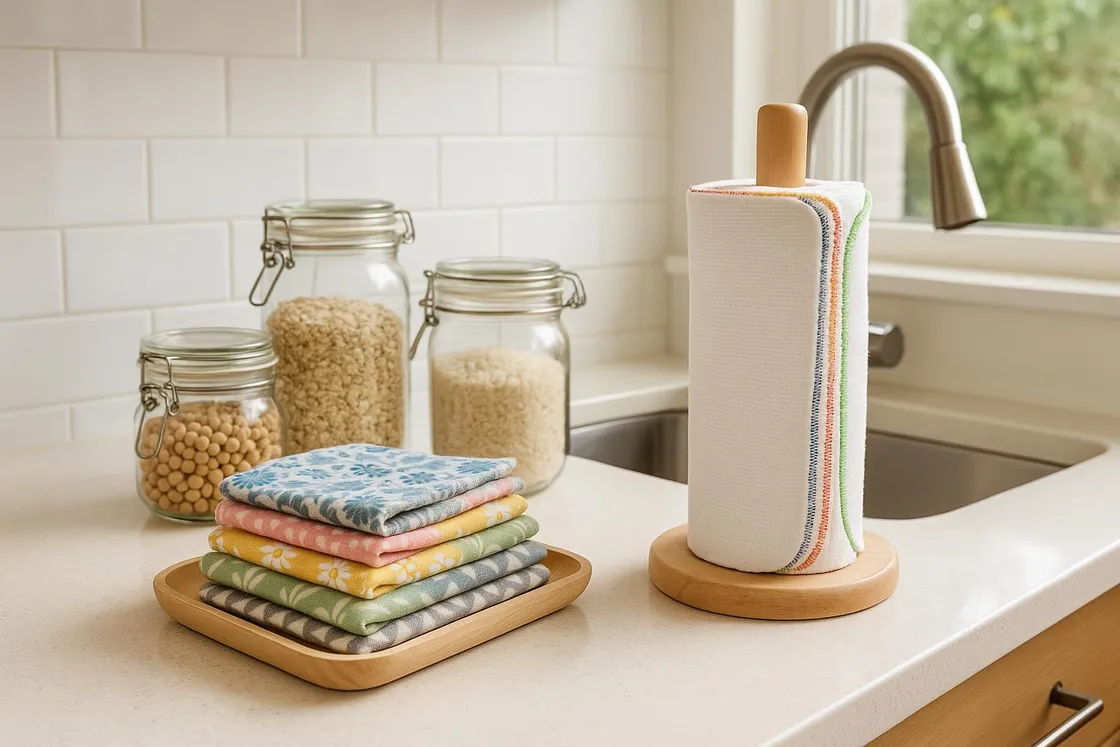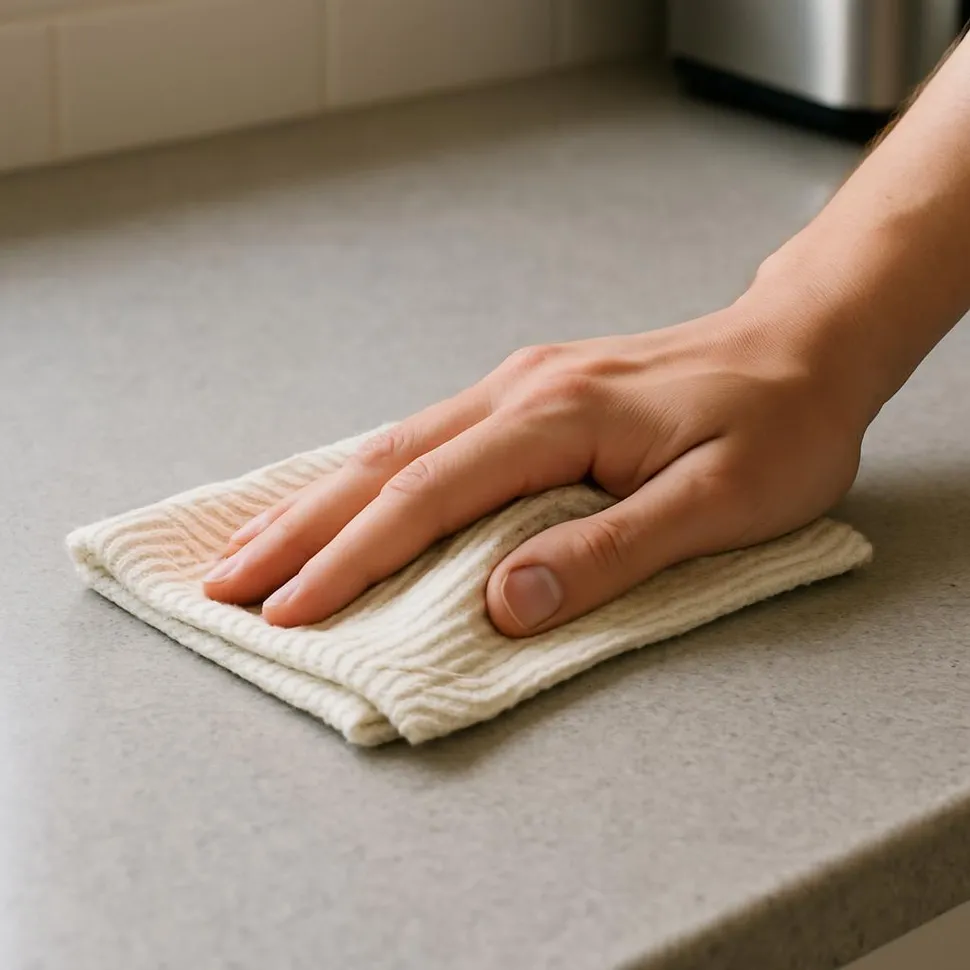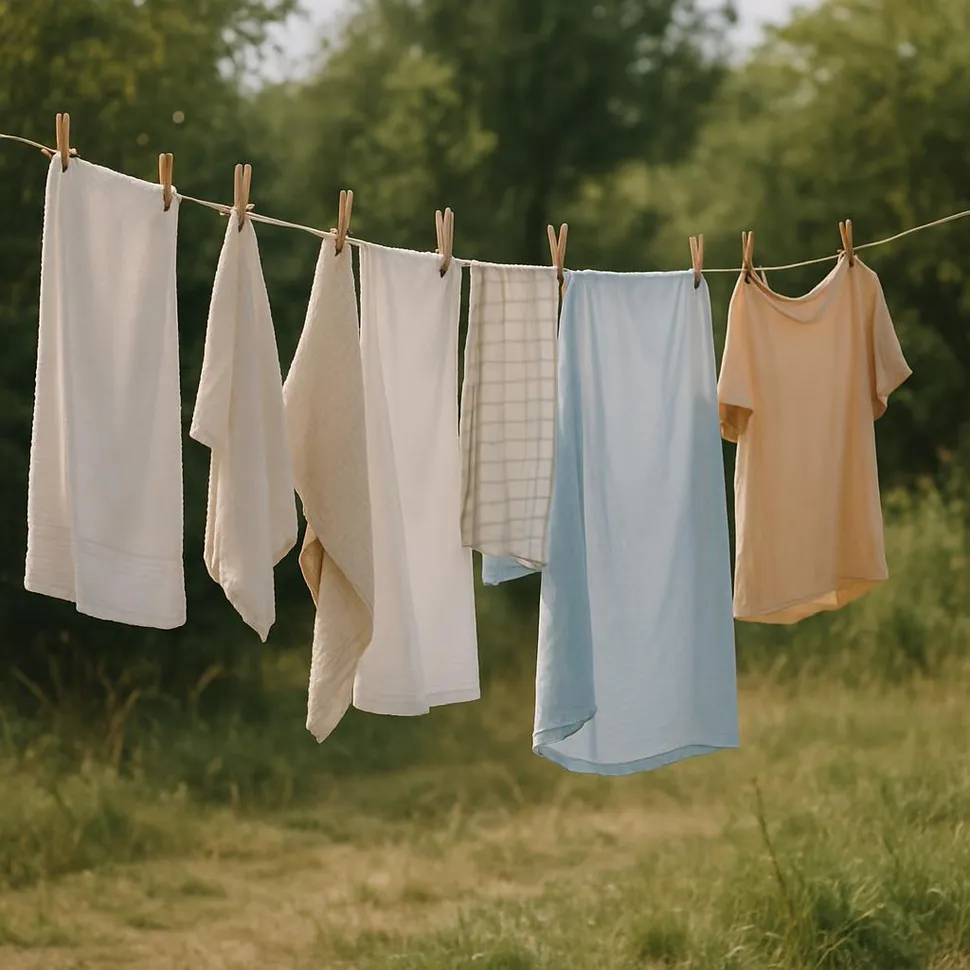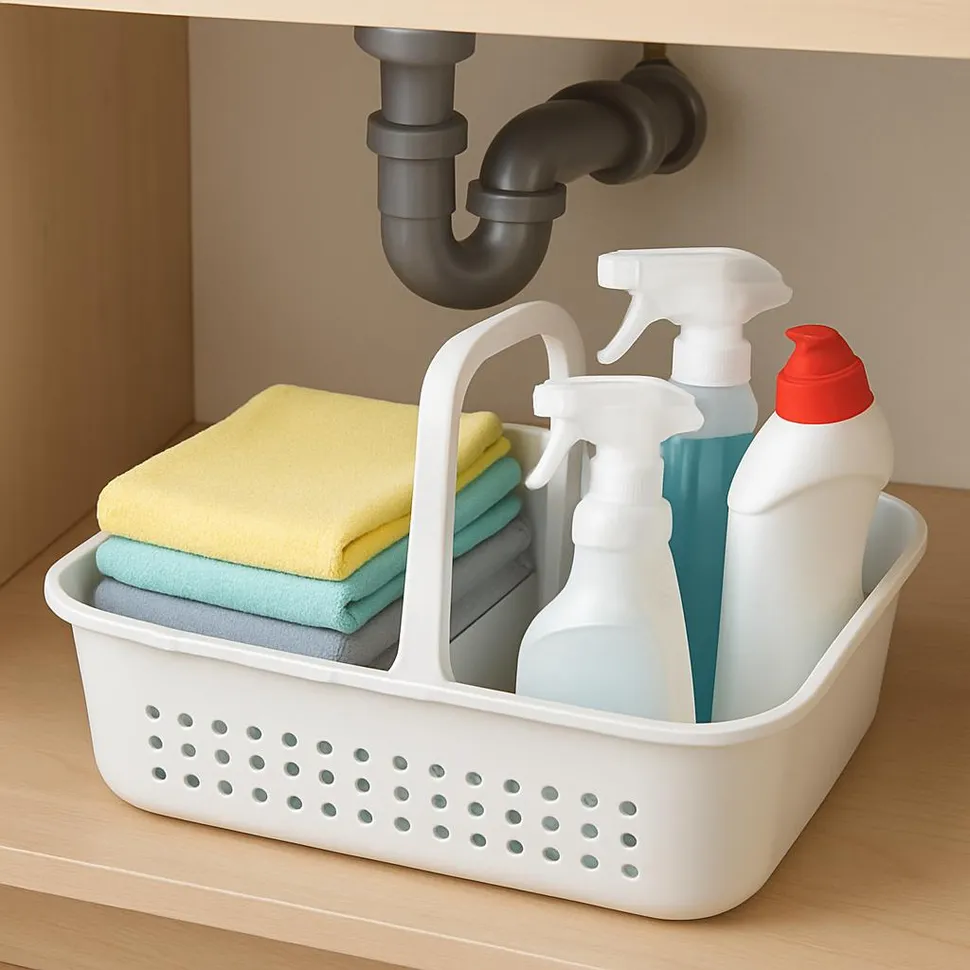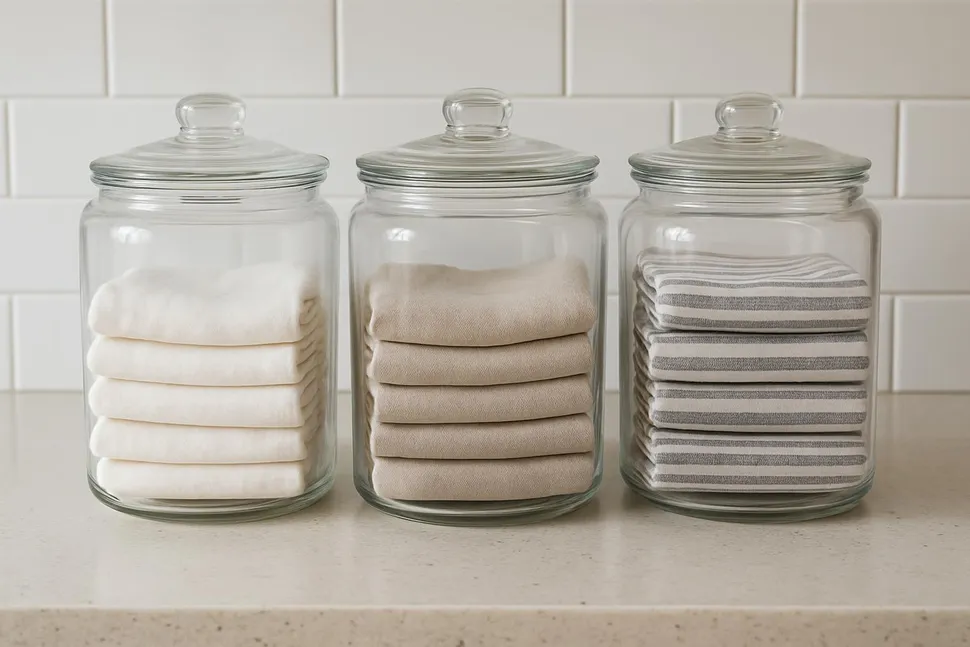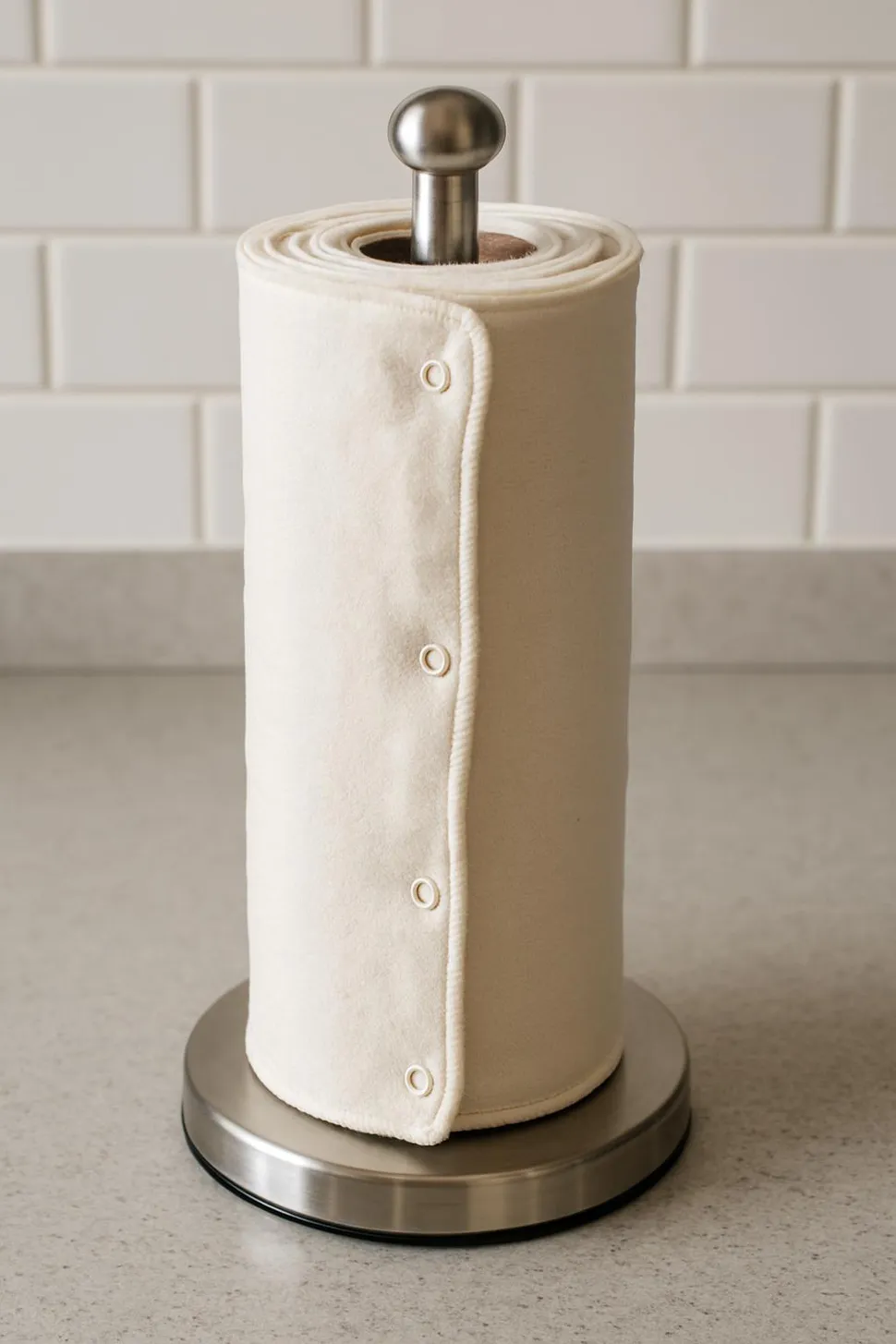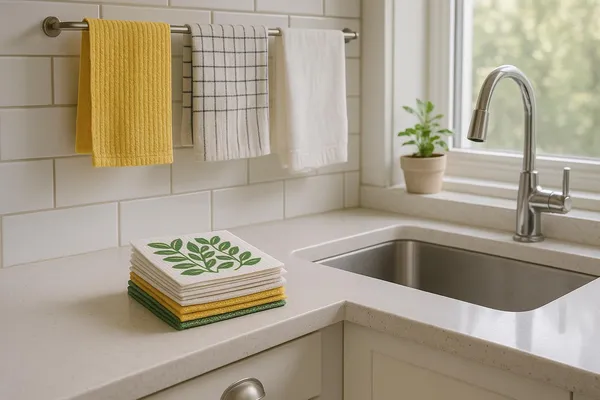If you have ever whispered “just this once” to the paper towel roll and then watched it unravel like a spaghetti disaster, this post is your gentle, eco-friendly intervention. Today we are swapping that single-use habit for reusable heroes that are actually more absorbent, less smelly, and way cuter on your counter. I tested, tallied, and did the very scientific “wipe-up-the-salsa” experiment so you do not have to. Goodbye soggy sadness, hello durable dishcloth dreams.
🧼Quick note before we wipe up!
This post contains affiliate links. If you buy through our links, we may earn a small commission at no extra cost to you. It helps us keep creating free, eco-happy guides. Thank you for supporting MySimple.life! What we are comparing in this guide
- Swedish dishcloths (cellulose-cotton magic sponges)
- Unpaper towels (soft flannel or cotton squares that live on a roll or in a basket)
- Reusable bamboo “paper towel” rolls (washable sheets)
- Microfiber cloths (the lint-free workhorses)
We will talk absorbency, durability, grease-wrangling, care, and cost-per-use—with real-life tips for setting up a zero-waste spill station that even your most “just grab a paper towel!” family member can love.

Why this swap matters more than you think
- Waste: The average household plows through dozens of rolls each year. Reusables can replace hundreds (yep, hundreds) of single-use sheets.
- Money: Once you buy a set, you wash and reuse. Your budget does a happy cartwheel.
- Health: Fewer scented paper products in your space means fewer sneaky chemicals.
- Vibe: Reusable textiles make your kitchen feel like a cozy bakery instead of a dispensary for white lint.
Absorbency vs durability (the quick and quirky cheat sheet)
- Fastest slurp: Swedish dishcloths drink up spills faster than you can say “orange juice avalanche.”
- Best long-haul durability: Microfiber, if you reduce shedding and wash them kindly.
- Best for greasy pans: Microfiber or a designated unpaper towel you are not precious about.
- Most aesthetic on display: Unpaper towels snapped onto a paper-towel holder like a rainbow roll of joy.
Swedish dishcloths: pint-size sponges that chug spills
What they are: Thin sheets made of 70% cellulose and 30% cotton that behave like a cross between a sponge and a towel. When dry, they are stiff little boards. When wet, they are slurpy superheroes.
- Best for: Spills, crumb sweeping, wiping stainless steel, and polishing counters.
- Pros: Absorb 15x their weight, rinse clean, air-dry fast, and avoid the “sour sponge” problem.
- Cons: Can pill or thin out over time; not the best choice for heavy, greasy jobs.
Care tips
- Rinse and wring after each use; hang to dry.
- Disinfect weekly by boiling for a minute, top-rack dishwasher, or microwave damp for 30 seconds. Let cool before handling.
- End-of-life: Many are compostable if plain (no synthetics or inks).
Cost-per-use napkin math
- A 10-pack for about $20 can easily survive 6–12 months of regular use.
- If you replace 1–2 paper towels per day with each cloth, you are skipping hundreds of sheets. That is meaningful wallet math.
Affiliate pick: classic Swedish dishcloths

Pro tip synergy: Pair dishcloths with simple DIY sprays so you are not reaching for disposable wipes. Try our favorite formulas in Greener Clean: DIY Eco-Friendly Cleaning Products here: Greener Clean: DIY Eco-Friendly Cleaning Products for Every Room.
Unpaper towels: the cozy, multi-tasking roll you will actually display
What they are: Reusable cotton or flannel squares that pop on a standard paper-towel holder (some have snaps), or live in a basket by the sink.
- Best for: Drying hands, blotting produce, quick dish-drying, and everyday wipe-ups.
- Pros: Soft, pretty, and endlessly washable. Great for families who want a “grab just one” feel.
- Cons: Not always as absorbent on first use; they improve after a few washes. Can stain if you do not rinse promptly.
Care tips
- Wash warm or hot with a mild detergent; avoid fabric softener to keep absorbency high.
- Line-dry in the sun for natural stain-fighting and odor control.
- Keep a mesh laundry bag or a small bin under the sink to corral dirties between washes. If you are setting up your under-sink zone, you might love: Under-Sink Black Hole: The 30-Minute Cabinet Makeover.
Cost-per-use napkin math
- A set of 24 for about $30–$40 can replace multiple bulk packs of paper towels over a year.
- Wash weekly with towels and you will barely notice the laundry lift.
Affiliate pick: flannel unpaper towels with snaps

🧺Set up a zero-waste spill station
- Keep a roll or stack within arm’s reach of the sink
- Store a spray bottle of DIY cleaner and a squeegee nearby
- Put a “dirty cloth” bin under the sink with breathable sides
- Add a mesh wash bag so cloths do not play hide-and-seek in the machine
Bamboo reusable “paper towel” rolls: the flexible in-between
What they are: A roll of thick bamboo rayon sheets you can wash and reuse 50–100 times each.
- Best for: Occasional heavy-duty wipe-ups, quick window cleaning, or as a swap when guests expect a “paper” feel.
- Pros: Familiar format, strong weave, and machine washable. Great for transitioning households.
- Cons: Absorbency varies by brand; some fray at the edges over time. Not compostable.
Care tips
- Wash on gentle; line-dry to extend life and reduce lint.
- Assign a sheet or two as your “grease team” and wash those separately when possible.
Affiliate pick: washable bamboo towel roll

Microfiber cloths: the streak-free specialists (with a laundry asterisk)
What they are: Ultra-fine synthetic fibers that grab dust, polish glass, and handle grease like a champ.
- Best for: Windows, mirrors, stainless steel, greasy stovetops, car interiors.
- Pros: Durable, lint-free finish, and excellent for polishing without cleaners.
- Cons: They shed microfibers in the wash, contributing to microplastics in waterways. But you can seriously cut this down with smart washing.
Care and sustainability tips
Affiliate pick: glass and stainless microfiber set
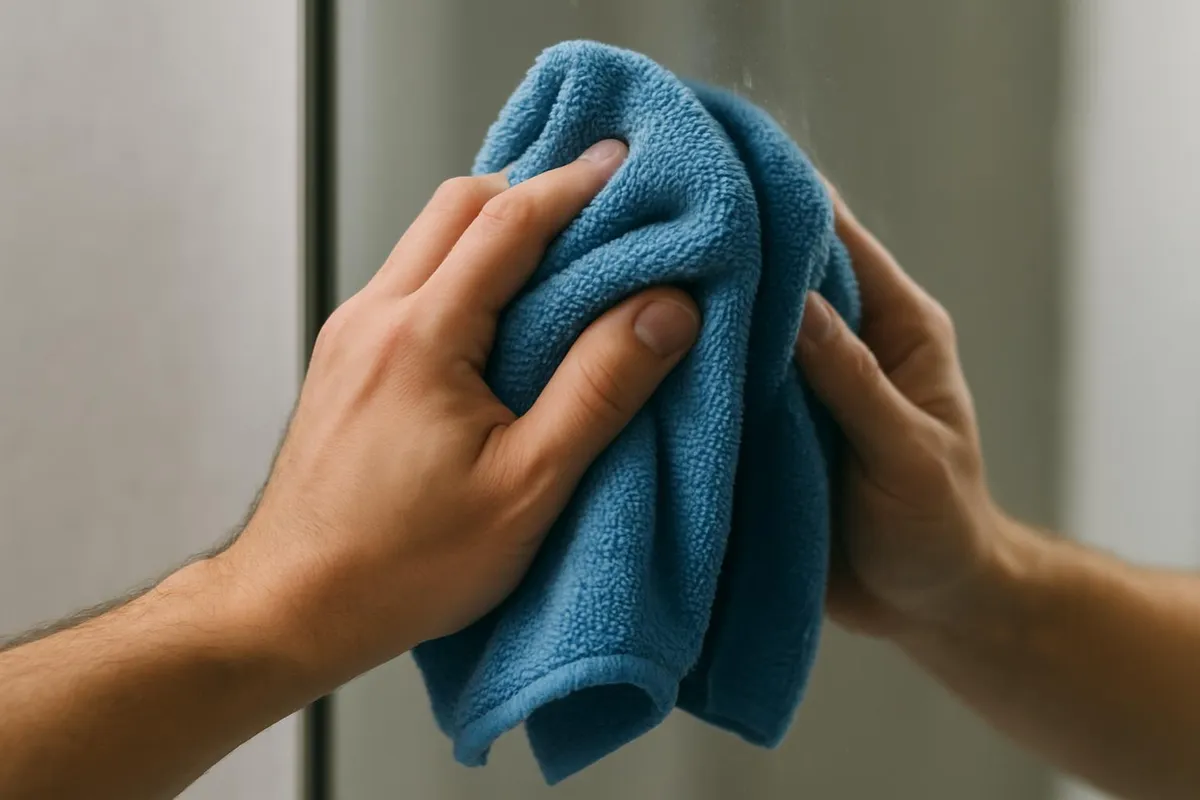
🧪Cleaner, greener combos to try
- Pair microfiber with water only for glass and mirrors
- Keep unpaper towels for hands and produce
- Use Swedish dishcloths for everyday spills and crumbs
- Reserve a bamboo sheet for gritty outdoor messes
Build your no-panic spill setup
How many do you actually need?
- Swedish dishcloths: 4–6 for a small household; 8–10 for families who host often.
- Unpaper towels: 12–24 depending on how often you wash.
- Microfiber: 4 glass/polish, 4 all-purpose, 2 heavy-duty for grease.
- Bamboo sheets: 1 roll as backup.
Laundry rhythm that keeps it fresh
- Stash a breathable bin under the sink. Wash every 3–4 days with towels.
- Add a splash of white vinegar to the rinse to fight odors.
- Sun is your friend: line-dry when you can to brighten and freshen.
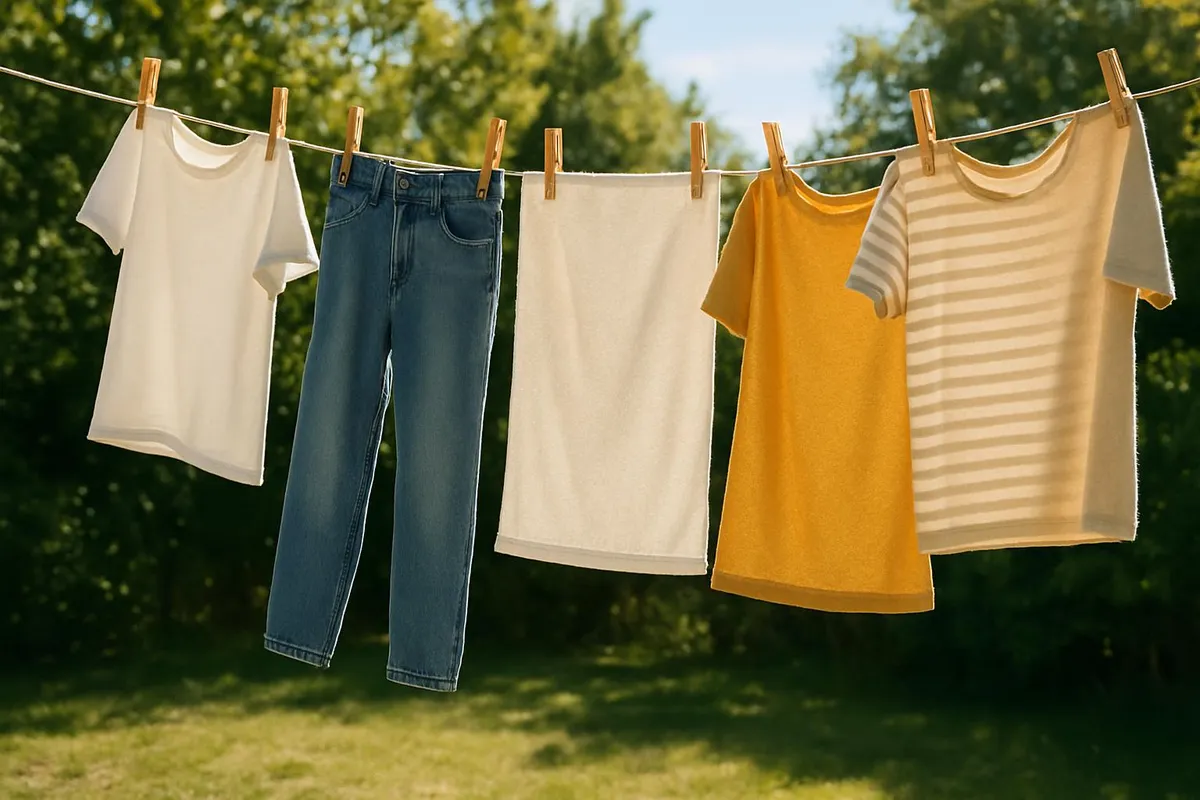
Stain and stink rescue kit
- Greasy stains: Pre-treat with a dab of dish soap, then wash warm.
- Funky smell: Soak in 1 tablespoon of baking soda per quart of warm water for 30 minutes, then wash.
- Deep clean day: Boil Swedish dishcloths for a minute; for unpaper towels, a hot wash with oxygen booster works wonders.
- Avoid: Bleach and fabric softeners, which shorten textile lifespans and reduce absorbency.
Kitchen storage and plastic-free food vibes
While you are detoxing paper towels, consider reducing plastic in your fridge too. We have a majorly helpful guide here: The Plastic-Free Fridge: A Guide to Sustainable Food Storage That Actually Keeps Things Fresh. And if dishes pile up after all this wiping, make it greener: Transform Your Dishwashing Routine Into an Eco-Friendly Practice.
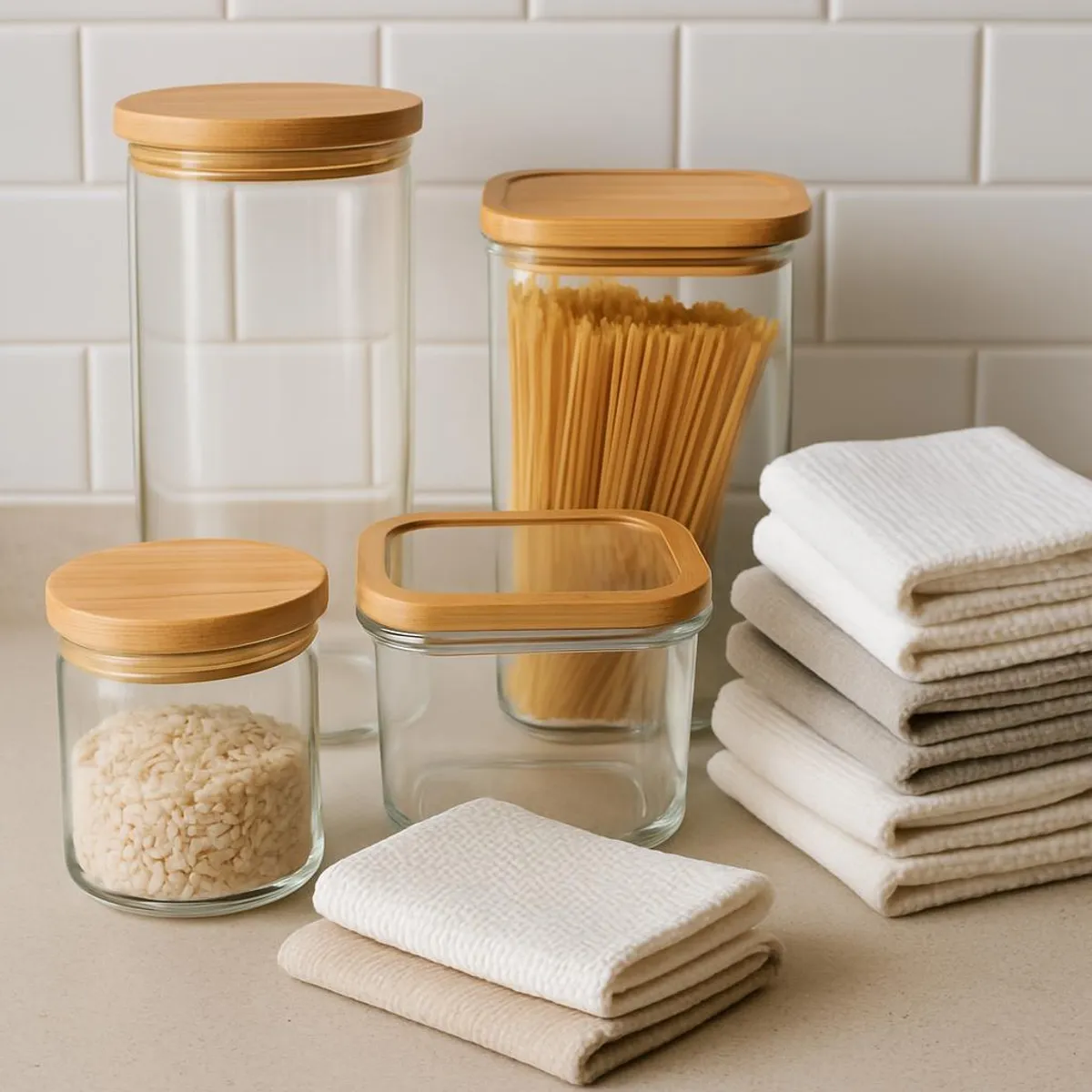
Cost and waste: the 60-second showdown
This is napkin math, but it will give you a ballpark.
- Paper towels: If you spend $2 per roll and use 1.5 rolls/week, that is about $156/year.
- Reusables starter kit:
- Swedish dishcloth 10-pack: ~$20
- Unpaper towel 24-pack: ~$35
- Microfiber 10-pack: ~$18
- Bamboo reusable roll: ~$14
- Total: ~$87 upfront
- Even adding $10–$15/year for washing costs, you are likely saving $40–$60 the first year and more in subsequent years when you replace only a few items.
Waste avoided: Depending on your previous usage, you could skip 60–80 rolls per year. That is fewer plastic wrap sleeves, fewer cardboard cores, and fewer “oops we are out again” emergencies.
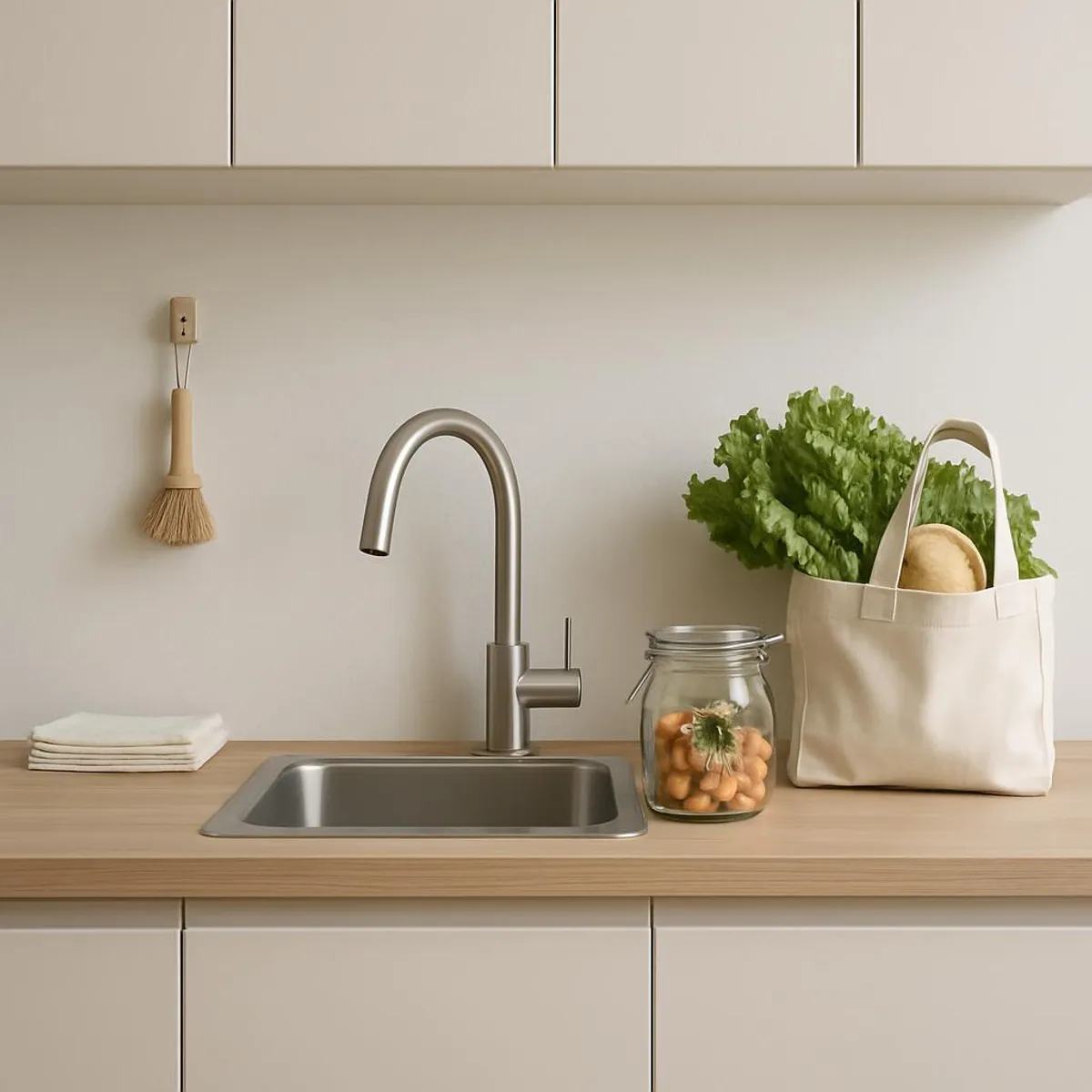
A quick word about switching your whole household
Change is easier when it is obvious. A holder with unpaper towels in your old paper towel spot? That is a neon sign for better habits. Keep a backup bamboo sheet or two for guests who are not cloth-comfy yet. And celebrate small wins—each reusable wipe is a tiny high five to the planet.
The greenest towel is the one you will actually use. Make it visible, make it lovable, and it will earn its keep.
Chloe, your resident spill whisperer
Grease, glass, crumbs: who handles what?
- Grease: Microfiber or a designated darker unpaper towel; wash separately now and then.
- Glass and mirrors: Microfiber with just water for a streak-free finish.
- Crumbs and sticky spots: Swedish dishcloths are crumb magnets.
- Big spills: Layer a Swedish dishcloth with an unpaper towel for a quick one-two mop.
A mini shopping list to get you started
- Swedish dishcloths (10-pack)
- Unpaper towels with snaps (24-pack)
- Microfiber glass and all-purpose set (10-pack)
- Bamboo reusable roll
- Mesh wash bag for laundry
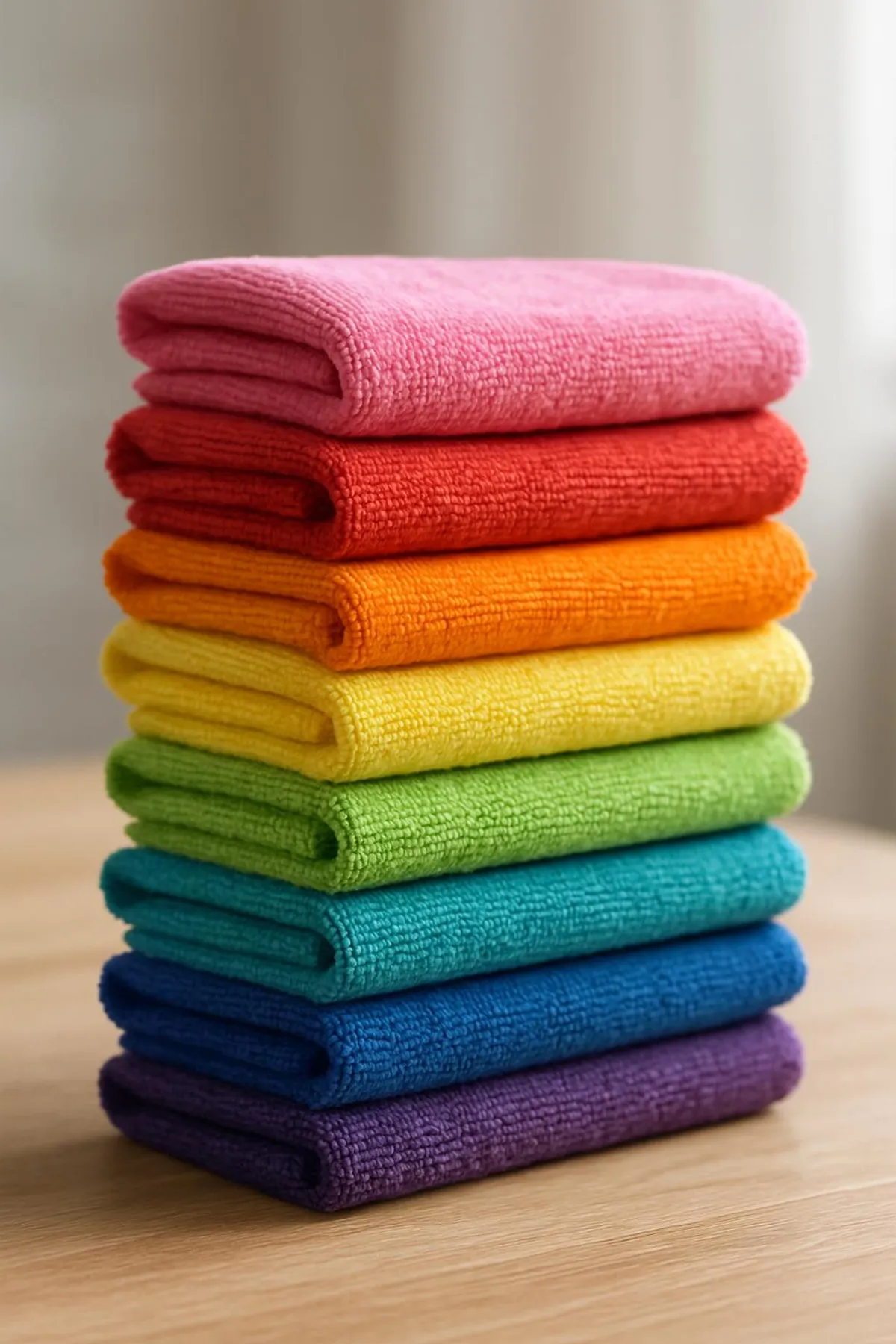
Your 7-day Paper Towel Detox challenge
- Day 1: Put your unpaper towels where your paper towels used to live. Hide the disposables.
- Day 2: Assign cloth roles with jars or labels: spills, polish, grease.
- Day 3: Mix a simple DIY cleaner from our Greener Clean guide.
- Day 4: Wash everything in a single load; add a splash of vinegar to the rinse.
- Day 5: Track how many disposables you skipped. Celebrate with a snack.
- Day 6: Dial in your counts—buy a few more of whatever you are reaching for most.
- Day 7: Share your setup with us on Instagram and tag @mysimple.life.official so we can cheer you on.

Because it is you and me here, I will keep it real: there will be days when you forget and reach for the old roll. That is okay. Sustainability is not about perfection; it is about momentum. One wipe, one swap, one sunny-dried cloth at a time—you are building a home that is kinder to the planet and kinder to your budget.
Ready to roll up your sleeves and your unpaper towels? I am high-fiving you from my kitchen. If you post your setup, I will be the one in the comments yelling “look at that gorgeous cloth rainbow!” and dropping heart-eye emojis. Let us make “just this once” paper towels a thing of the past, together.
